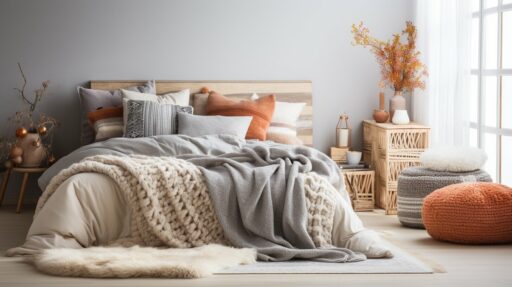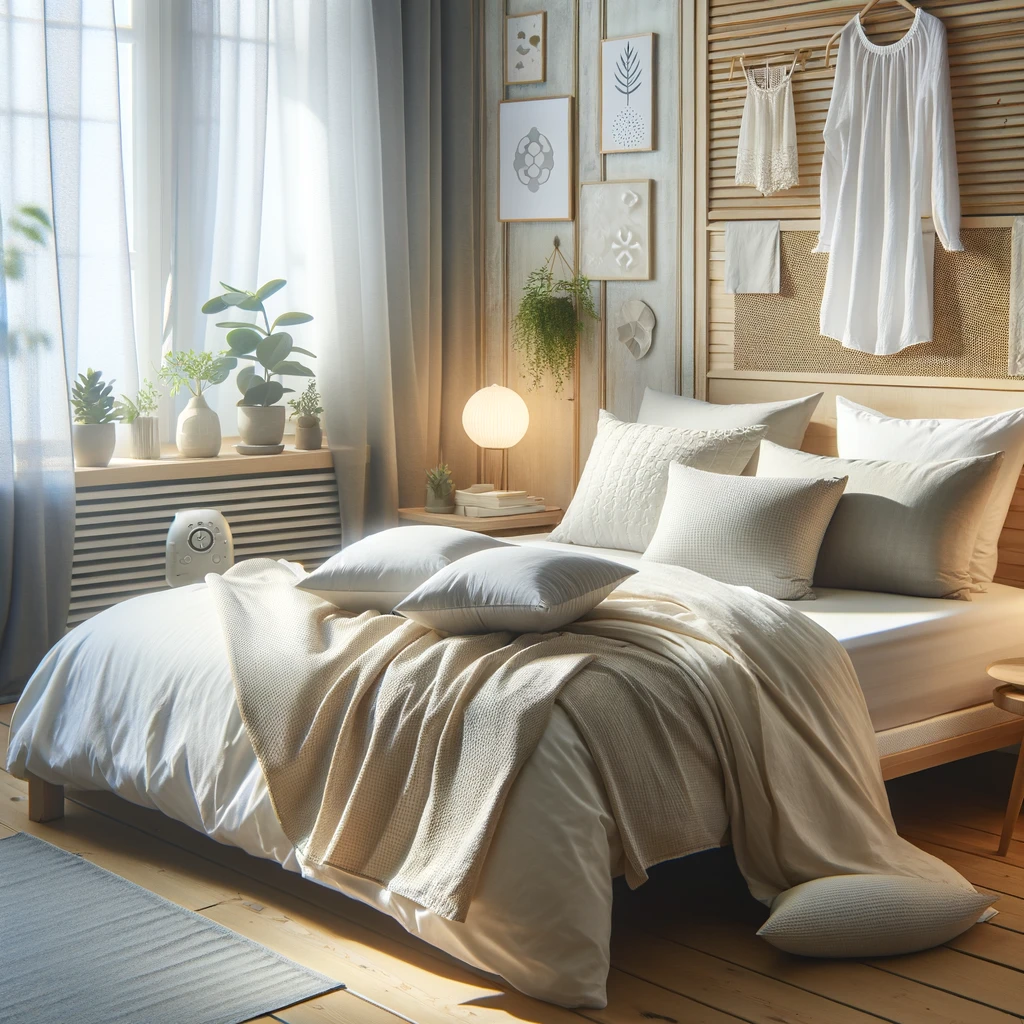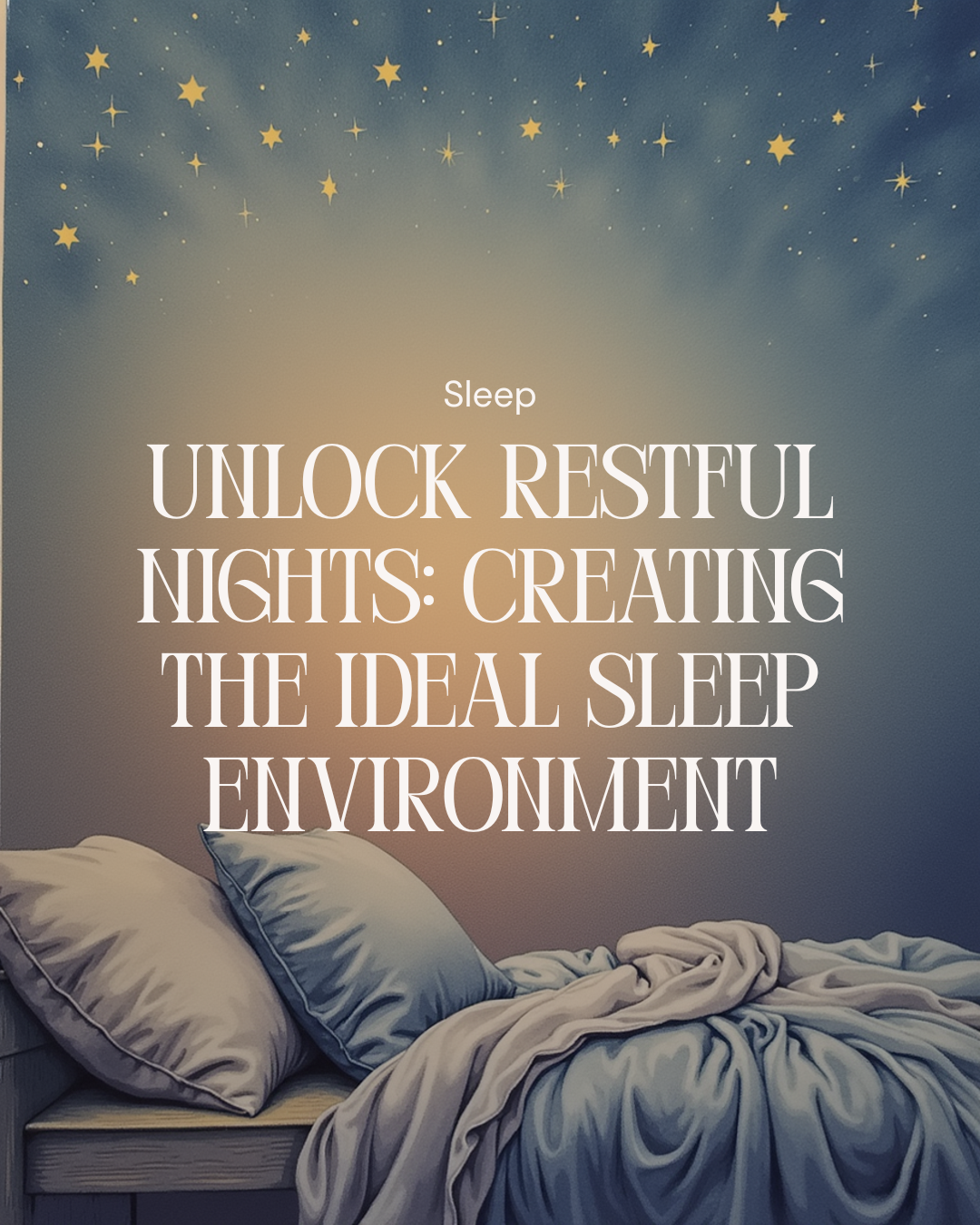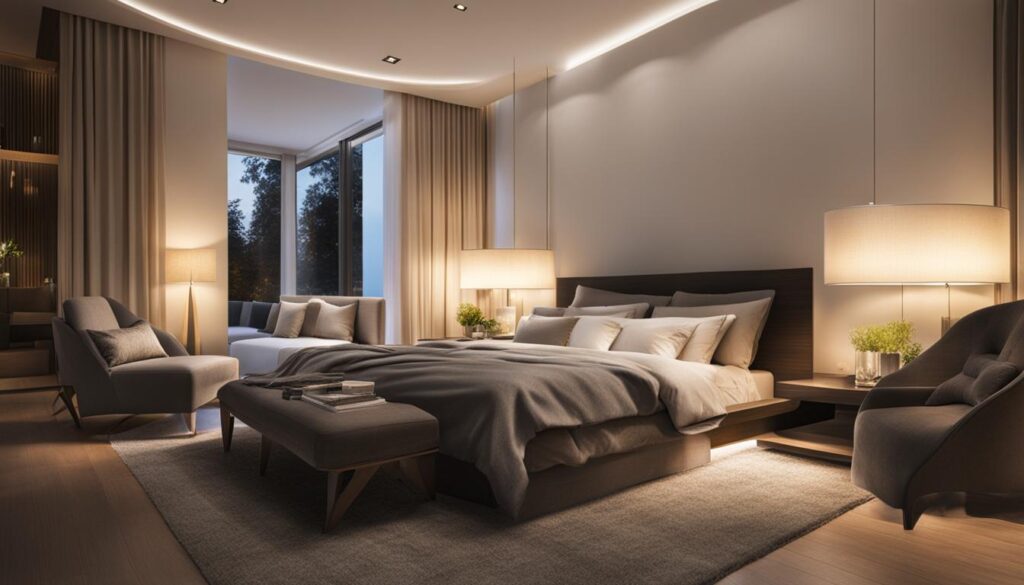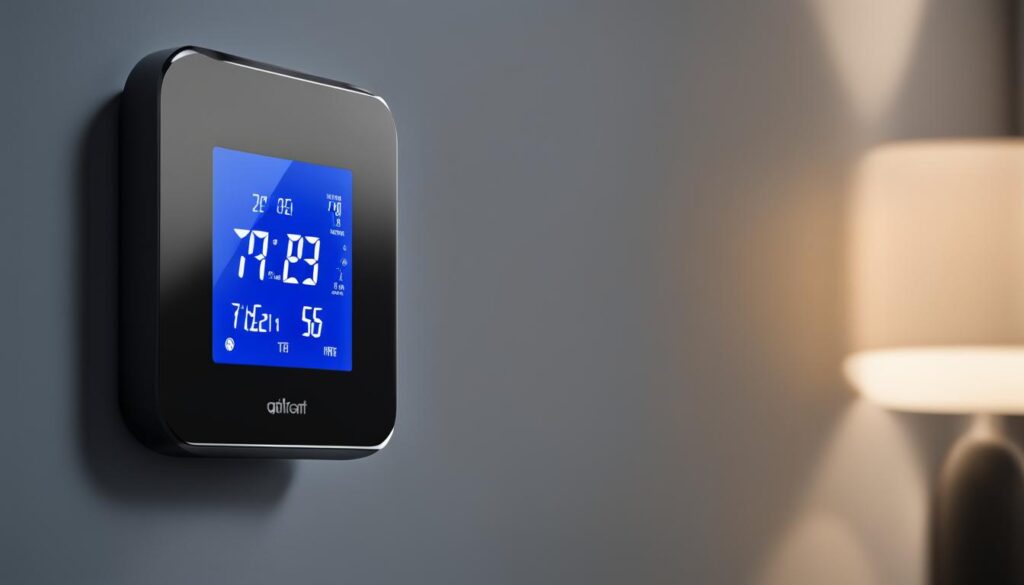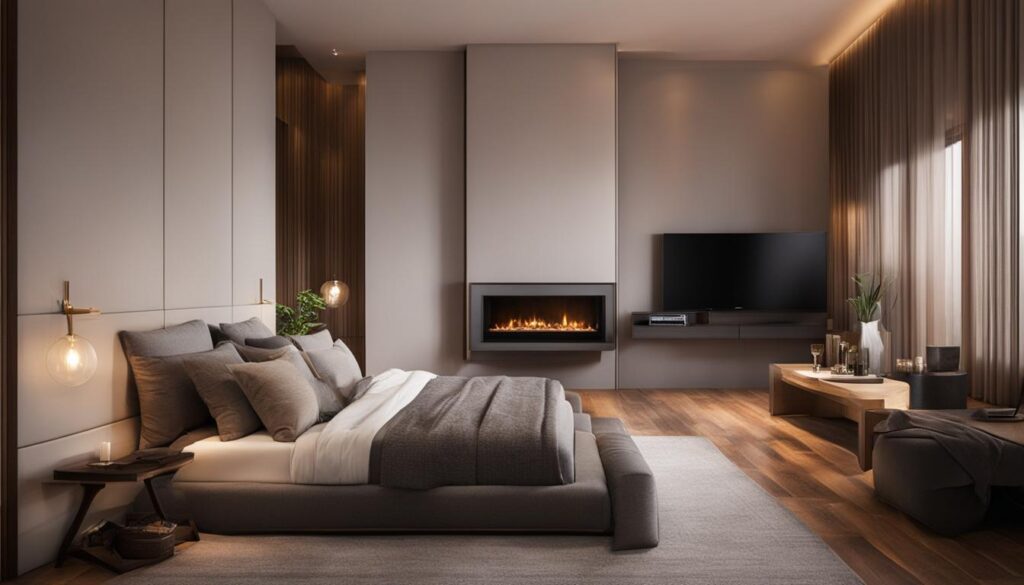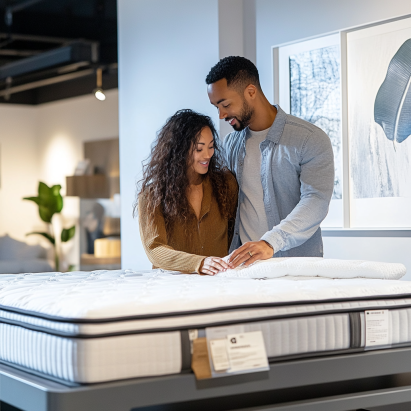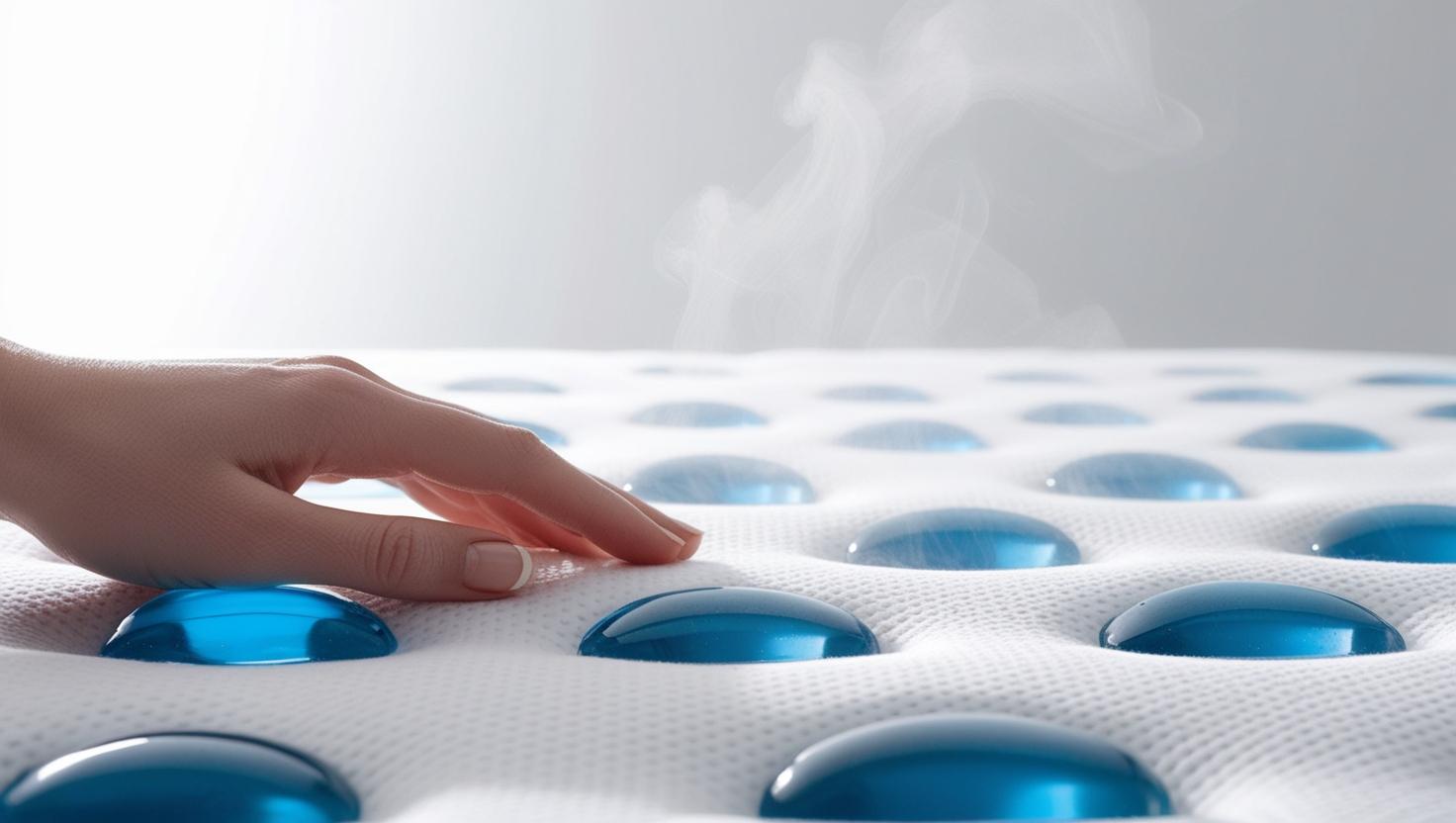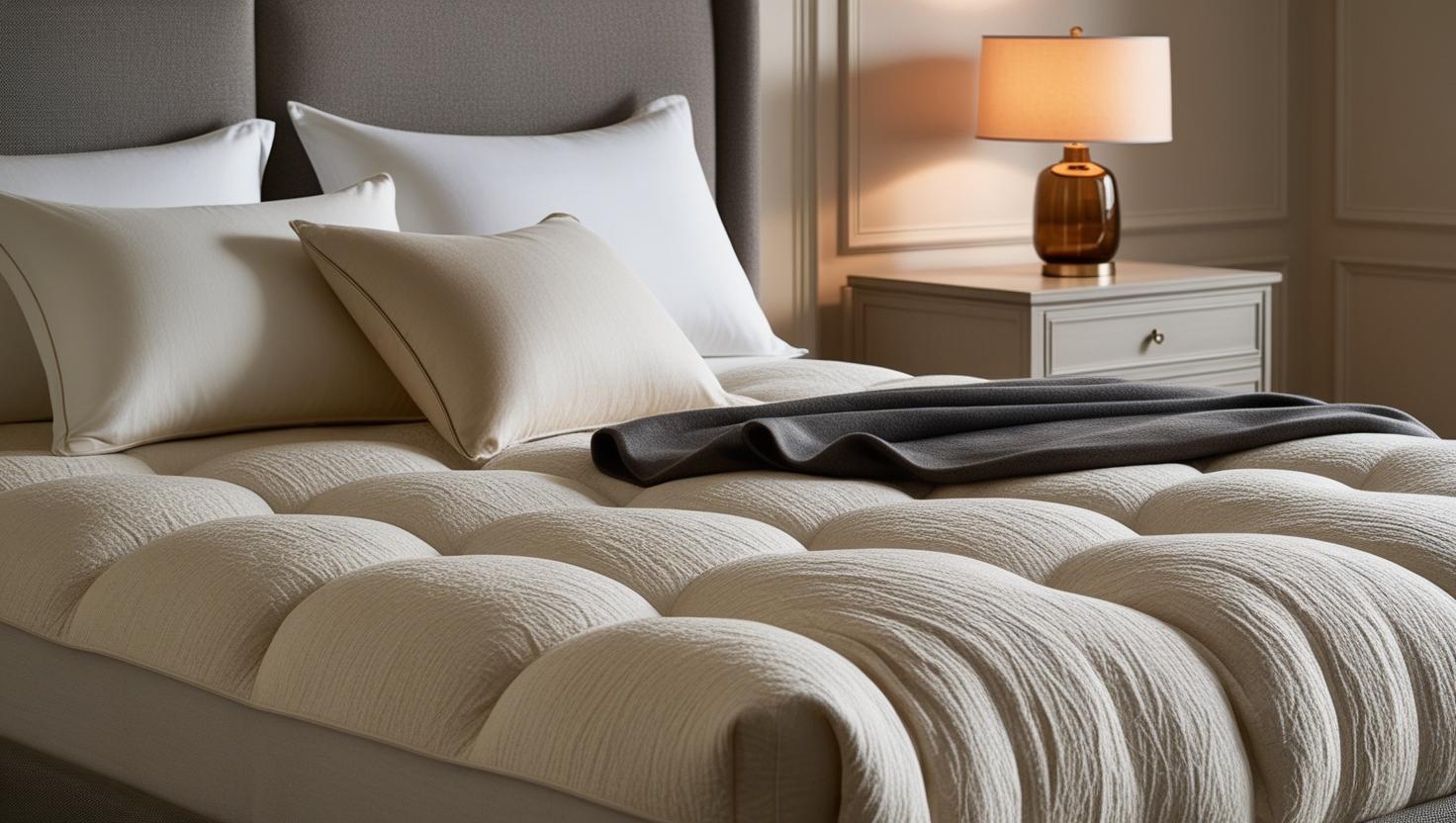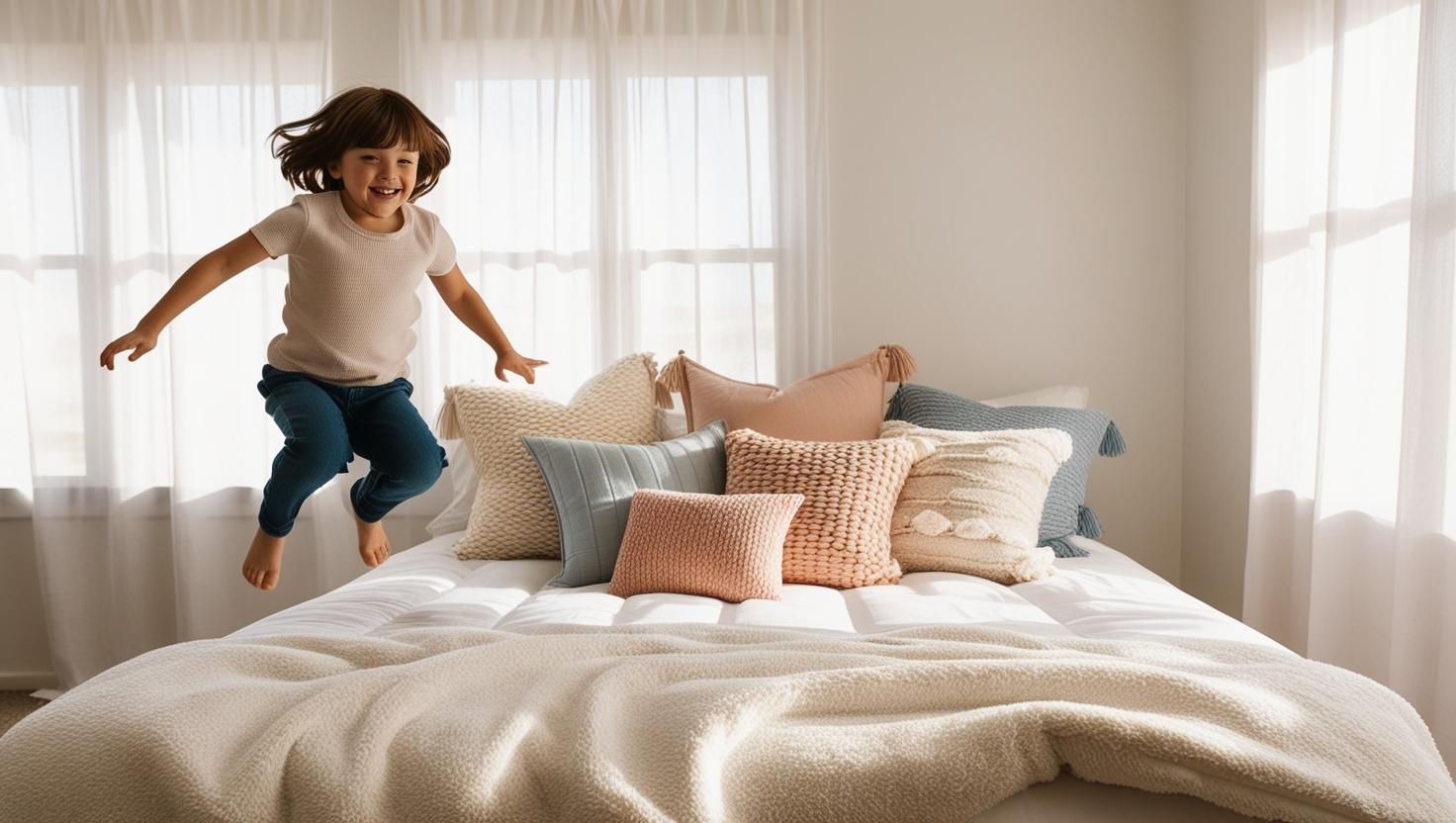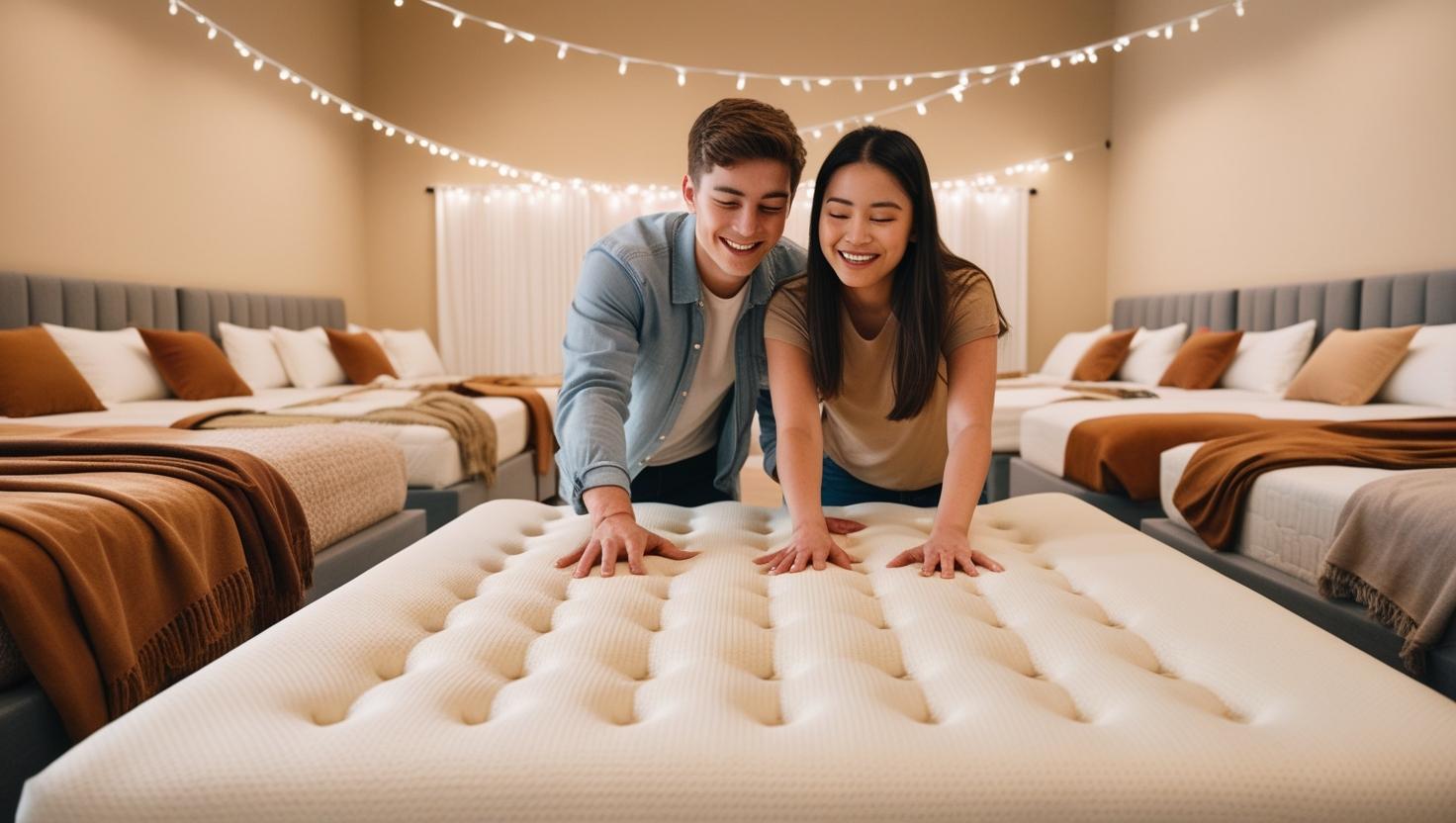Best Mattress Types: A Practical Guide to Choosing
Choosing the best mattress types for your body and sleep style can transform your nights. This guide compares the most popular constructions, explains how to match firmness and feel to your needs, and shows which certifications and materials to look for.
Key Takeaways: Best Mattress Types
- The best mattress types include foam, hybrid, latex, innerspring, pillow-top, gel-infused foam, and adjustable airbeds.
- Match firmness to sleep position and body weight to support spinal alignment.
- Cooling features and breathable materials help hot sleepers stay comfortable.
- Look for reputable certifications (GOLS, GOTS, CertiPUR-US) and sustainable materials when possible.
- Use sleep trials and clear return policies to test risk-free.
The 7 Best Mattress Types (and Who They Suit)
Foam Mattress
Snapshot: Foam contours closely to relieve pressure and dampen movement—great if you share a bed. Modern foams address heat with open-cell structures and cooling additives.
Pros: Excellent motion isolation; cradles pressure points; wide range of firmness options.
Cons: Some foams retain heat; a brief “new foam” odor can occur.
Best for: Side sleepers, lightweight to average-weight bodies, and anyone with joint sensitivity. If you like a “hugged” feel, foam often delivers the most pressure relief among the best mattress types. For deeper research, see our internal comparison of materials in the memory foam vs. latex vs. innerspring guide.

Innerspring Mattress
Snapshot: Coils create a buoyant, traditional feel with strong edge support and airflow. Add a plush top if you want a little cushion without losing bounce.
Pros: Great breathability; easy to move on; typically cooler than solid foam.
Cons: Less contouring; may feel too firm for sharp pressure points.
Best for: Back and stomach sleepers, combination sleepers who love responsiveness, and hot sleepers who prefer a cooler surface.
Hybrid Mattress
Snapshot: Hybrids blend coils with foam or latex for a balanced feel—pressure relief without the “stuck” sensation. That mix makes them crowd-pleasers for couples.
Pros: Supportive yet cushioned; good motion control with pocketed coils; versatile for many positions.
Cons: Often pricier than single-material beds; heavier to move.
Best for: Mixed-position sleepers and couples wanting a middle-ground feel. Explore premium options in our luxury mattress roundup.
Latex Mattress
Snapshot: Naturally springy and durable, latex offers lifted support without deep sinkage, plus strong temperature neutrality and hypoallergenic properties.
Pros: Long lifespan; breathable; resistant to dust mites and mold; sustainable options available.
Cons: Heavier and often more expensive; feel is buoyant rather than “hugging.”
Best for: Eco-conscious shoppers, combination sleepers who want bounce, and those who prefer a responsive surface with gentle contouring.
Adjustable Airbed
Snapshot: Airbeds let you fine-tune firmness, sometimes by body zone. Many feature dual chambers so partners can personalize each side.
Pros: Customizable firmness; useful for changing needs over time; great for couples with different preferences.
Cons: More components to maintain; can be expensive; potential for leaks over many years.
Best for: Couples who can’t agree on firmness, and sleepers whose comfort needs vary (training, pregnancy, injury recovery).
Pillow-Top Mattress
Snapshot: A plush, stitched-on top layer creates a cushy surface that softens pressure on shoulders and hips while maintaining underlying support.
Pros: Luxurious feel; excellent initial comfort for side sleepers.
Cons: Top layers may compress faster; not ideal for strict stomach sleepers.
Best for: Side sleepers who want cloud-like cushioning without losing support beneath.
Gel-Infused Foam Mattress
Snapshot: Gel or phase-change materials aim to draw heat away, combining foam’s contouring with a cooler touch.
Pros: Better temperature regulation than standard memory foam; strong pressure relief.
Cons: Costs more than basic foam; feel varies widely by brand.
Best for: Hot sleepers who still want the close contouring typical of foam. For a deeper dive into picking the right model, see our comprehensive mattress selection guide.

Match Your Mattress to Your Sleep Style
Back Sleepers
Answer first: Choose a medium-firm feel to keep your spine neutral with light shoulder and hip cushioning.
Latex and well-built hybrids offer lifted support and light contouring—ideal for lumbar comfort without excessive sink. If you also switch to your side, select a hybrid with a slightly plusher comfort layer.
Side Sleepers
Answer first: Prioritize pressure relief at the shoulders and hips with medium to medium-soft comfort.
Memory foam, gel-infused foam, or a plush pillow-top can be ideal. Unsure about sizes or room fit? Visit our complete bed size guide for practical planning.
Stomach Sleepers
Answer first: Opt for a firmer feel that prevents midsection sink and supports the lower back.
Innerspring and firm hybrids help keep you “on top” of the surface. Consider a thin, responsive comfort layer so your hips don’t drift out of alignment overnight.
Cooling: Why Temperature Control Matters
Overheating fragments sleep and reduces deep, restorative stages. If you sleep warm, prioritize breathable constructions like coils, ventilated latex, or gel-infused foams. Cooling covers and phase-change materials can further improve comfort.
For a broader primer on picking features—firmness, materials, and cooling—review the Sleep Foundation’s mattress guide: How to Choose a Mattress.

Firmness vs. Support (Common Myth, Clear Fix)
Answer first: Firmness is how a bed feels at the surface; support is how well it keeps your spine aligned. You need both.
A medium-firm bed can feel soft up top yet deliver sturdy alignment underneath. Conversely, an extra-firm surface may still lack true support if it doesn’t distribute weight evenly. Always match firmness to your body type and sleep position for balanced comfort.
Smarter Online Shopping (Trials, Returns, Delivery)
Answer first: Use generous sleep trials to test at home, then confirm return logistics before you buy.
Most modern options ship compressed for easy setup. We recommend verifying the trial length, return shipping policy, and whether a mattress protector is required during the trial. If you want a curated overview before ordering, browse our complete mattress selection guide and our luxury mattress roundup for premium picks.
Eco-Friendly vs. Conventional Mattresses
Answer first: Sustainable designs use natural latex, organic fabrics, and low-VOC foams to reduce chemical exposure and environmental impact.
Materials: Natural latex (from rubber trees) is durable and buoyant, while organic cotton and wool improve breathability and moisture control. Conventional polyurethane foams can be comfortable and affordable, but may use petrochemical inputs and flame-barrier additives; quality varies by brand.
Feel & Performance: Eco-focused beds tend to sleep cooler and more responsive (latex + coil hybrids), while dense foams offer deep pressure relief and motion isolation. Both categories can be supportive—the difference is often temperature neutrality, bounce, and sustainability.
Cost & Longevity: Natural materials usually cost more up front but can last longer, narrowing lifetime cost. Conventional foam models often offer strong value with frequent promotions.
For bedroom upgrades that complement greener choices, see our guide to eco-friendly bedding for better sleep.
Certification Cheat Sheet (What Labels Actually Mean)
Answer first: Certifications verify material safety and sourcing—use them to separate marketing claims from meaningful standards.
- GOLS (Global Organic Latex Standard): Confirms organically produced latex content and supply chain integrity.
- GOTS (Global Organic Textile Standard): Applies to textiles like cotton/wool; requires organic fiber content and responsible processing.
- CertiPUR-US: Third-party standard for polyurethane foam made without certain harmful substances and with low emissions.
- OEKO-TEX Standard 100: Tests textiles for a long list of potentially harmful substances.
Want a step-by-step walkthrough of features, budgets, and comfort tests? See our complete mattress selection guide.
Care, Protectors, and When to Replace
Answer first: A simple routine—rotate, protect, and clean—extends lifespan and feel.
Rotate the mattress per manufacturer guidance to even out wear. Use a breathable protector to block sweat and spills without trapping heat. When it’s time to refresh your setup or store a guest-room bed, our mattress protector buying guide explains features, fits, and fabric choices.

Quick Compare: Which Mattress Type Fits You?
| Type | Feel | Best For | Watch Outs |
|---|
| Foam | Deep contour, motion-isolating | Side sleepers, joint relief | Potential heat retention |
| Innerspring | Buoyant, cool, supportive | Back/stomach, hot sleepers | Less pressure relief |
| Hybrid | Balanced cushion + bounce | Couples, combination sleepers | Higher price, heavier |
| Latex | Responsive, cool, durable | Eco-conscious, combo sleepers | Heavy; pricier |
| Airbed | Adjustable firmness | Couples with different needs | Maintenance; pump parts |
| Pillow-Top | Plush surface, soft landing | Side sleepers | Top may compress sooner |
| Gel-Foam | Cooler take on foam | Hot sleepers wanting contour | Price varies widely |
Helpful Resources to Compare and Choose
Not sure where to begin? Start with our complete mattress selection guide, then dig into material differences in foam vs. latex vs. innerspring. If you’re going high-end, our premium hybrids list is a smart shortcut. To round out your setup sustainably, check out eco-friendly bedding.
FAQ: Best Mattress Types
- What is the most recommended mattress type?
- Hybrids and latex-enhanced designs are popular because they balance support, pressure relief, and airflow. Many sleepers land on a medium-firm hybrid for versatility.
- Which mattress is best for back pain?
- Latex and supportive hybrids with zoned coils help maintain alignment while cushioning pressure points. For foam fans, choose medium-firm with reinforced lumbar support.
- Are expensive mattresses always better?
- No. Build quality and fit matter more than price. A properly matched mid-range bed can outperform a premium model that doesn’t suit your body or sleep style.
Final Thoughts
Finding your ideal bed starts with understanding the best mattress types and matching firmness, materials, and cooling to your needs. Use trials and our Cozy Bed Quarters guides to test confidently and sleep better, longer.
